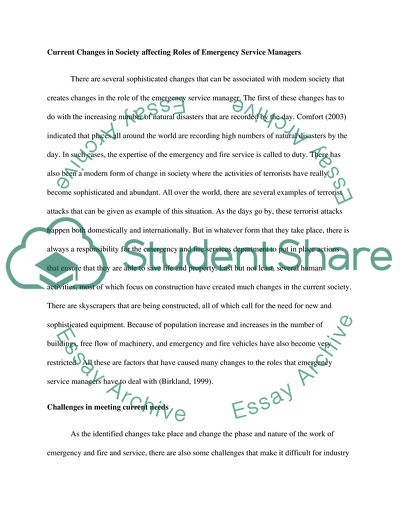Cite this document
(Community Risk and Political Concerns of the Fire Industry Strategic Assignment, n.d.)
Community Risk and Political Concerns of the Fire Industry Strategic Assignment. https://studentshare.org/social-science/1833296-fire-service-issues-community-risk-political-concerns-of-the-fire-industry-strategic-planning
Community Risk and Political Concerns of the Fire Industry Strategic Assignment. https://studentshare.org/social-science/1833296-fire-service-issues-community-risk-political-concerns-of-the-fire-industry-strategic-planning
(Community Risk and Political Concerns of the Fire Industry Strategic Assignment)
Community Risk and Political Concerns of the Fire Industry Strategic Assignment. https://studentshare.org/social-science/1833296-fire-service-issues-community-risk-political-concerns-of-the-fire-industry-strategic-planning.
Community Risk and Political Concerns of the Fire Industry Strategic Assignment. https://studentshare.org/social-science/1833296-fire-service-issues-community-risk-political-concerns-of-the-fire-industry-strategic-planning.
“Community Risk and Political Concerns of the Fire Industry Strategic Assignment”. https://studentshare.org/social-science/1833296-fire-service-issues-community-risk-political-concerns-of-the-fire-industry-strategic-planning.


